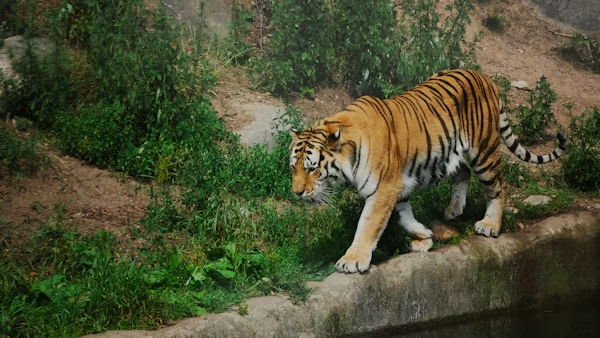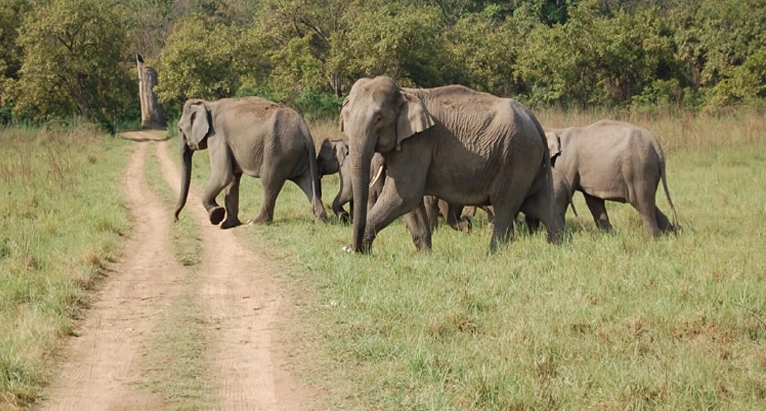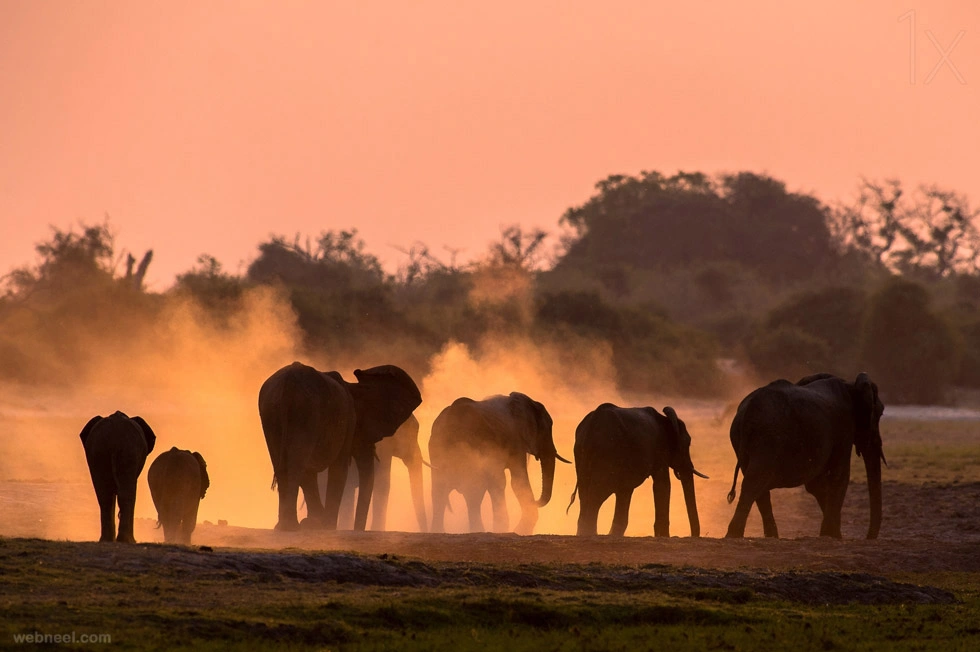A throbbing getaway to the foothills of the Himalaya into the wild






- Jim Corbett National Park
- P.O.Dhikuli, Via Ramnagar
- District – Nainital
- Pin Code : 244715
- Uttarakhand, India
When tourists plan to visit Corbett National Park, they feel glad and an unbound world of imagination floats in front of their eyes. That’s natural! After all they are going to enter India’s first national park. Associated with the memories of the famous hunter turned conservationist, Edward James Jim Corbett, this park presents a bewildering view which is unprecedented in this world. But, only a very limited group of travellers are aware of the history of this popular reserve area. The past of this park was not a very pleasing document rather chaotic and terrifying. Let’s look back to the ground level and churn out some of the interesting facts about Jim Corbett National Park.

Being the first national park of the country Corbett faced a number of challenges during its initial stages which later on became interesting anecdotes adding to its charm. The reserve area came under the Project Tiger initiative for the first time in 1974. Initially the park was the hunting ground of British officers. Edward Jim Corbett, who fought hard to set up a national park near the Ramganga River was a hunter himself. Corbett killed a tiger for the first time when he was six. From 1907 to 1938 Jim shot around 19 tigers and 14 leopards. In those days man-wildlife conflict was a major issue faced by the local villagers of Nainital and Kumaon region. Men used to consider the big cats as their biggest enemy and often planned to kill them by laying trap. Jim did thorough research to understand the actual reason behind tigers turning into man-eater. He found that shrinking natural habitat, scarcity of available food, and random shooting are the major reasons behind tigers becoming man eaters. To solve the issue, demarcating animal habitats from humans was necessary. Moreover, the tigers were needed to be protected against illegal poaching. That is why Jim started spreading awareness among the villagers about the protection of wildlife. Later, the British Government felt the necessity of protecting the wildlife and made this part of Corbett a protected area which was later converted into a national park.
Flora of Corbett National Park includes around 488 different species of Plants.
Trees like sal, pipal, haldu, rohini and mango trees cover 73 % of the total forest area of the park.
This reserved area encompasses several ridges, ravines, small streams and minor plateaus with varying degrees of slopes.
Patli Dun valley formed by the Ramganga River is found inside the park vicinity.
Elevation of the park ranges from 1300 ft to 4000 ft.
The wildlife diversity is maintained by 580 species of birds, 50 mammal species and 25 species of reptiles.
Corbett National Park is one of the thirteen protected areas maintained by World Wildlife Fund.
If we look back on the beginning days of the establishment of the park and compare it to the present status of the park, a huge transition can be observed. The population of tigers is on the rise and as a result the park has turned into a hotspot of tiger sighting in India. A comparison can show its development in a better way.
In 1936, when the park was established, the total area of the park was 323.75 sq km. Today the park incorporates 520 sq km of core area and 797.72 sq km of buffer zone
A huge rise in the number of visitors has been observed in the recent past. In 2014 approximately 3 lakh visitors have visited the park which has fetched a revenue of around 7 crore for the park and state
To trek poachers the park is brought under CCTV surveillance.
An advanced software system called E-eye is set inside the park where 10 high resolution cameras are spread across its 350 sq km area. The cameras are capable of capturing images of objects weighing more than 20 kg and sending alerts to the control room in the park along with NTCA office in Delhi.
To reduce the number of wildlife poaching, a Special Tiger Protection Force comprising 112 personal is going to be formed soon. They will be armed with the best ammunition for CTR.
To lessen the chances of human-wildlife conflict, a total of 181 families from the Sonanadi Wildlife Sanctuary will be shifted to Chidiyapur in Haridwar.
Even though the park has undergone great transformations, it is not possible to safeguard the wildlife at all times. Here are some issues that require special attention of the higher authorities.
While crossing the NH121 from Ramganga Gate, tigers regularly get hurt. But there is no arrangement for an ambulance or a doctor to rescue the animals and to treat them instantly.
Even though the honourable Supreme Court of India has issued a judgement to relocate the residents of Kalagarh area, no steps have yet been taken till date.
There are altogether 47 clusters of villagers which are yet to be evicted but land for relocating them is not available.
Even though E-eye is keeping an eye on all miscreants, yet night patrolling facility needs to be started.
The construction of the dam at Kalagarh River had served as a boon for aquatic fauna and appeared as an ideal place for migratory birds approaching this area in winter. But, the dam has submerged 80 sq km riverine area, as a result of which the swamp deer are locally extinct and a massive reduction has taken place in the hog deer population.
It is good news for nature worshipper that wildlife conservation efforts in India have proved to be effective; in recent times a rise in the tiger count has been observed in Corbett National Park. But, tigers require a large area and enough food to live freely and on the contrary, as both elements are not increasing as per the required rate, tigers are coming out of forest and either they are attacking humans or they are being killed by the poachers which is a matter of concern in for wildlife lovers.